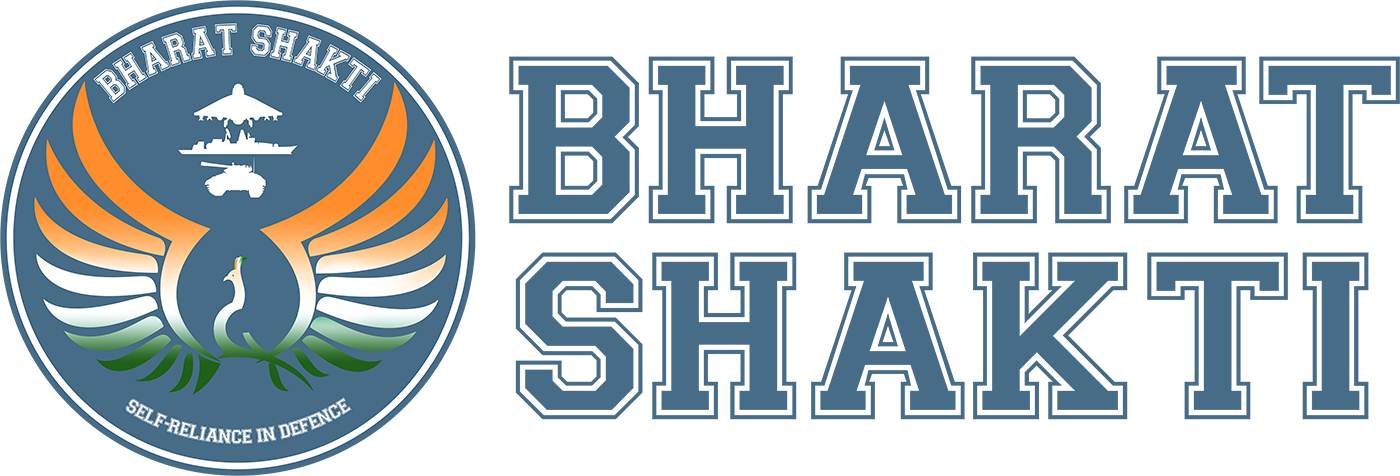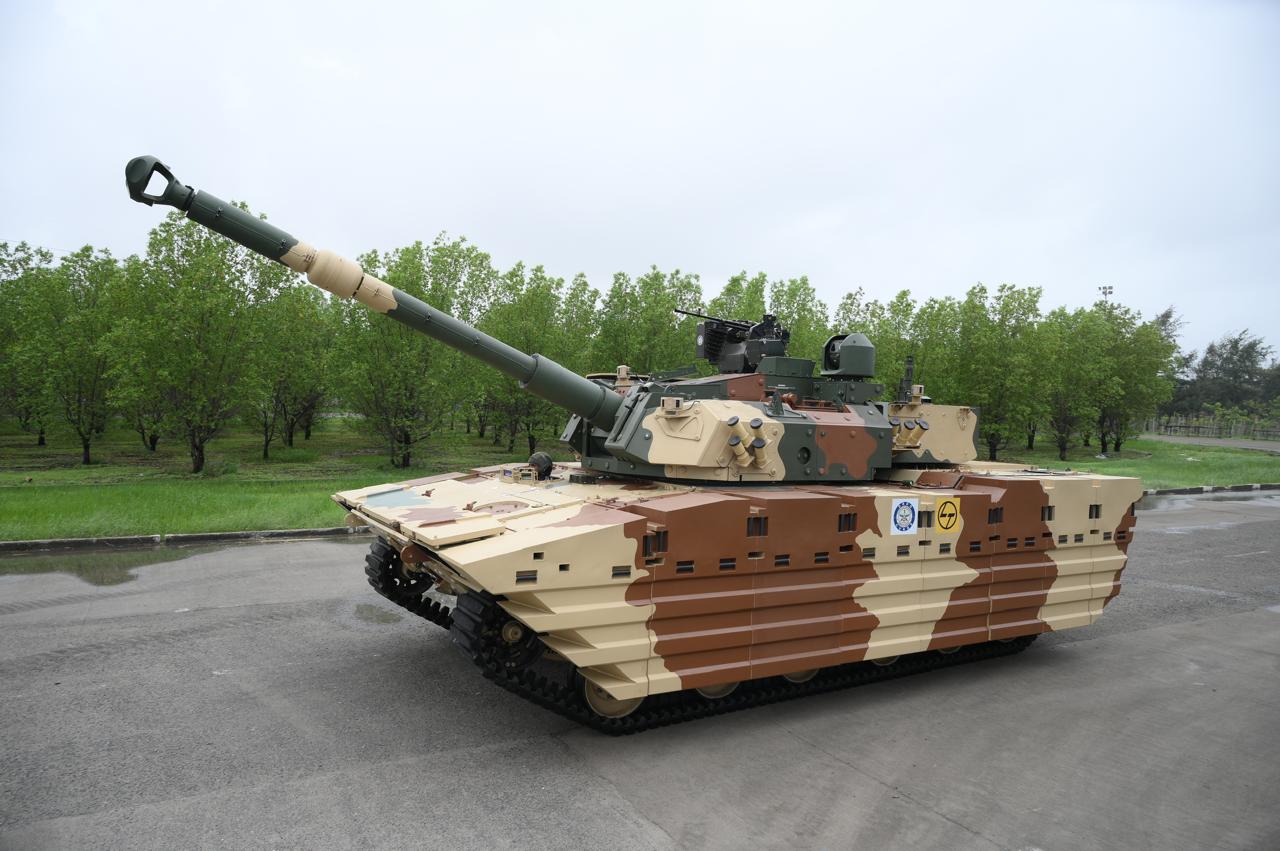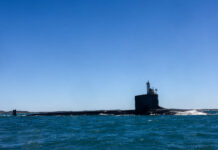The ‘Zorawar’ light tank, developed indigenously for high-altitude warfare, has passed preliminary trials in desert conditions. The 25-tonne tank fired for the first time at the Mahajan firing range near Bikaner on Friday. “During the field trials conducted in the desert terrain, the Light Tank demonstrated exceptional performance, efficiently meeting all the intended objectives. In the initial phase, the tank’s firing performance was rigorously evaluated, and it achieved the required accuracy on designated targets,” announced DRDO.
The tank is designed for rapid deployment and high mobility in the mountains in places like eastern Ladakh and Arunachal Pradesh along China’s borders amid the military standoff between both countries. The new tank has been jointly developed by DRDO and Larsen & Toubro (L&T) under Project Zorawar to meet the Indian Army’s requirement for 354 light tanks. It was developed within two years. The tank prototype was unveiled in July at L&T’s Hazira facility in Gujarat.
.@DRDO_India successfully conducted developmental field trials of Indian Light Tank, Zorawar. The collaboration with Indian industry aids in the growth of domestic manufacturing ecosystem.
More: https://t.co/ZlygO3jSWS pic.twitter.com/f61bn37jq0
— Ministry of Defence, Government of India (@SpokespersonMoD) September 13, 2024
Defence Minister Rajnath Singh described the development as a significant step towards India’s goal of achieving self-reliance in critical defence systems and technologies.
DRDO has announced that the light tank will be ready for induction into the Army by 2027. However, it will have to undergo a series of summer and winter trials, including in deserts and high-altitude areas, over the next two to three years before the entire acquisition, production, and induction process can begin. The Zorabar project was given preliminary approval or “acceptance of necessity” by the Rajnath Singh-led Defence Acquisitions Council in December 2022, and it will cost an estimated Rs 17,500 crore.
The Indian Army has deployed many heavier Russian-origin T-72 and T-90 tanks in the Ladakh region. However, these tanks are not well-suited for operations in rugged terrain, as they were designed for use in plains and deserts. Since the border row began, there has been a need for light tanks with sufficient firepower, protection, surveillance, and communication capabilities. The light tank can be transported by air, is capable of amphibious operations, can fire at high angles of elevation, and performs the role of limited artillery.
Ravi Shankar






















